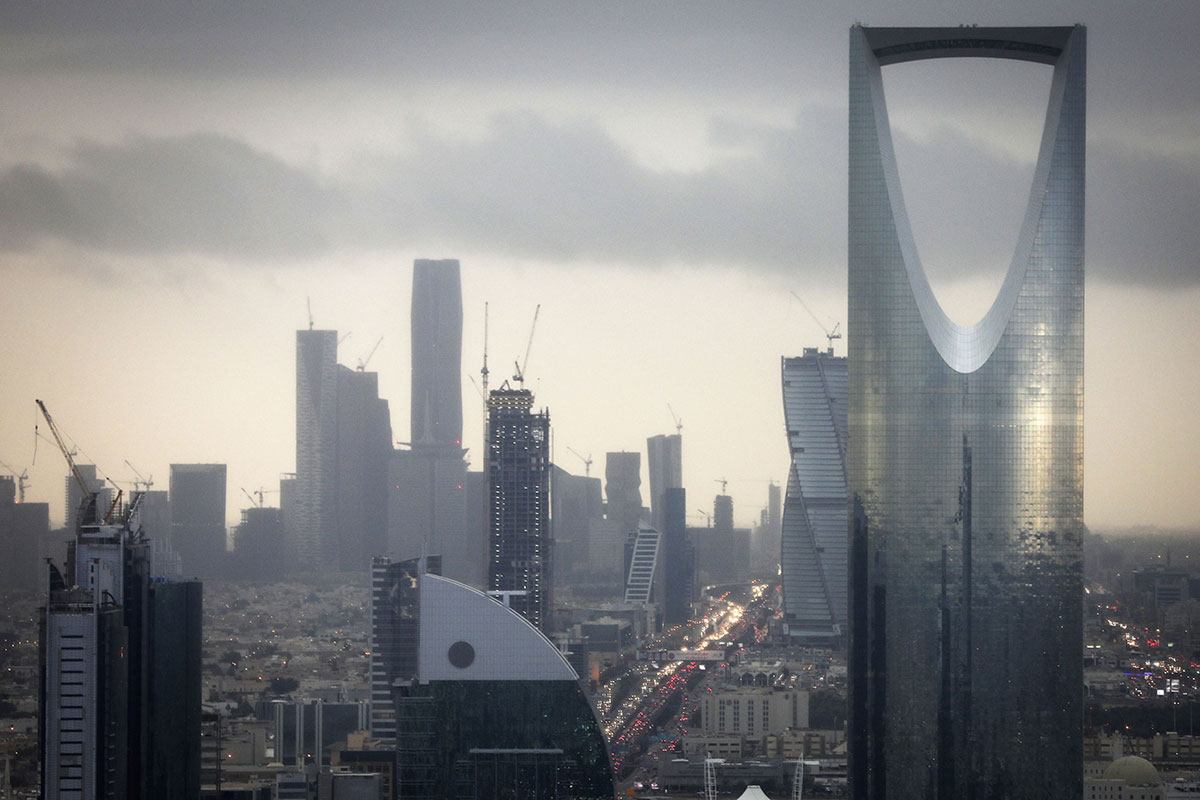Saudi Arabia’s total exports registered a double-digit increase in the first quarter of 2021 compared to the year-earlier period, according to official figures.
Exports rose by 10.8 percent to SR212.4 billion ($56.5 billion) in Q1, driven mainly by exporting oil to overseas markets, which rose by 6.6 percent compared to Q1 2020.
Exports also rose by 18 percent compared to the previous quarter, said the General Authority for Statistics (GASTAT).
The share of oil exports in total exports during Q1 decreased from 74.6 percent last year to 71.8 percent.
According to GASTAT, non-oil exports increased by 23.1 percent year-on-year in Q1, up to SR59.9 billion, with the share of non-oil exports rising from 25.4 percent in Q1 2020 to 28.2 percent.
Plastics and rubber products took a share of 33.3 percent in non-oil exports, up by 8.2 percent, while chemicals made up 27.2 percent as total non-oil exports increased by 2.4 percent compared to the previous quarter.
The figures also showed that imports increased by 4 percent to SR137.7 billion with machinery and electrical appliances making up over 20 percent of the total, followed by vehicles and transport equipment (16.4 percent). Imports rose marginally by 0.3 percent compared to the previous quarter.
The ratio of non-oil exports to imports increased to 43.5 percent in Q1 as exports to China (pictured below) amounted to SR38.9 billion, making the country the main destination for exports from Saudi Arabia.
.jpg?N610mLoW)
Japan and India followed next with SR22.4 billion and SR19.4 billion while South Korea and the UAE were also ranked in the top five destinations.
Imports from China amounted to SR8.5 billion in Q1, also topping that list, followed by the US, UAE, India and Germany.
The figures have been revealed a few weeks after Saudi Arabia launched a major new trade initiative aimed at pushing homegrown products to both domestic and international markets.
The Made in Saudi campaign aims to support national products and services at local and international levels.
The Made in Saudi program is a main driver to realise the economic goals of the Saudi Vision 2030 that aims at diversifying income resources of the national economy.
It aims to encourage the purchase of more local products and services until the contribution of the private sector in the GDP reaches 65 percent while increasing the share of non-oil exports to 50 percent of GDP by 2030.









